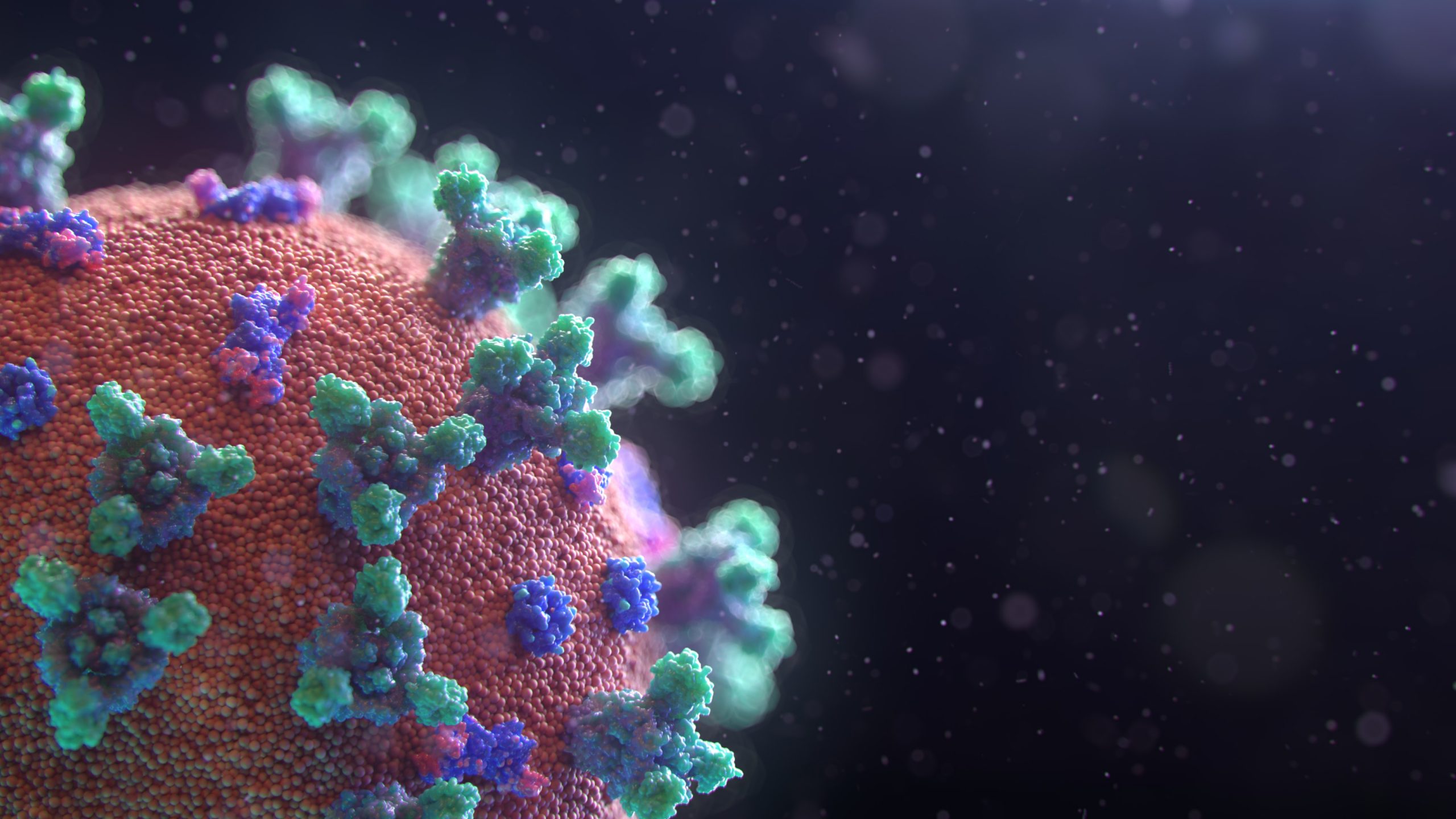Meet The Team
May 13, 2020
Jane Scott speaking at ARCHINTEX conference and workshop 11th June 2020
May 21, 2020Meat production...

Environmental
- Accounts for 18 % of all anthropogenic greenhouse gas emissions
- Requires 26% of Earth’s land
- Is a top contributor to deforestation and land degradation
- Uses 30 % of anthropogenic water supplies
- Has led to the over-exploitation of 3/4 of marine fish species

Health
- Responsible for transmission of infections viruses arising from crowded farming conditions
- Largely contributes to antibiotic resistance in humans due to antibiotic administration to livestock
- Source of foodborne illness arising from bacterial contamination (Salmonella spp. and E. coli) of the food chain

Social
- Has caused people to grow increasingly disconnected from food origins and cultivation practices
- Is failing to meet the demands of food security: nutritious, safe and sufficient food
Meat-free opportunity...

Economic
- In Western countries such as the UK 9% of the population have adopted a meat-free lifestyle
- In the United States of America, veganism grew 600% between 2014-2017 from 4 million to 19.6 million persons
- In the last year 29 % of Britain’s and 66 % of Americans have reduced their meat intake
- Impossible™ Foods which has received a celebrity status through $182 million in venture capital and now has over $1.2 billion in funding
- Beyond Meat® is currently valued at $11.7 billion and made $92 million in sales last year
Sources
Steinfeld, Henning (2006) Livestock's long shadow: environmental issues and options. Rome: Food and Agriculture Organization of the United Nations
Ibid FAO (2006) and in FAO 2012 Report Livestock and Landscapes
Hoekstra, Arjen Y. (2012) The hidden water resource use behind meat and dairy, Twente Water Centre, University of Twente
Koneswaran, Gowri et al. (2008) Global Farm Animal Production and Global Warming: Impacting and Mitigating Climate Change. Environmental Health Perspectives. 116.5 (2008): 578–582
